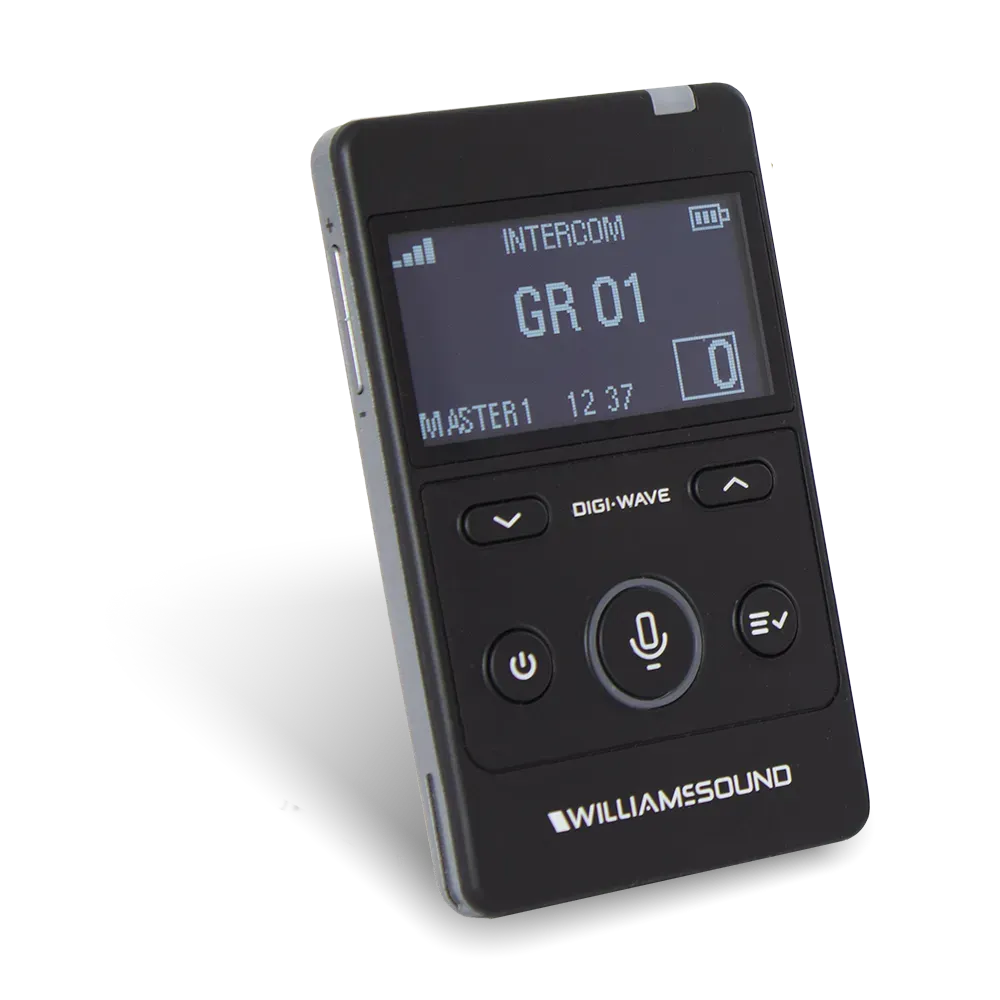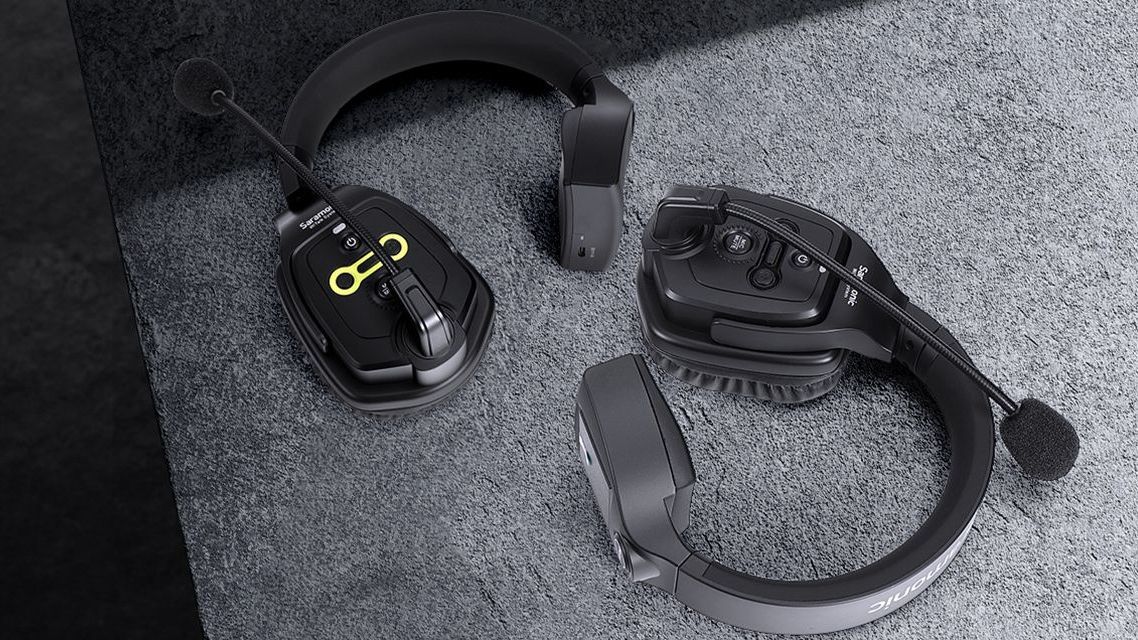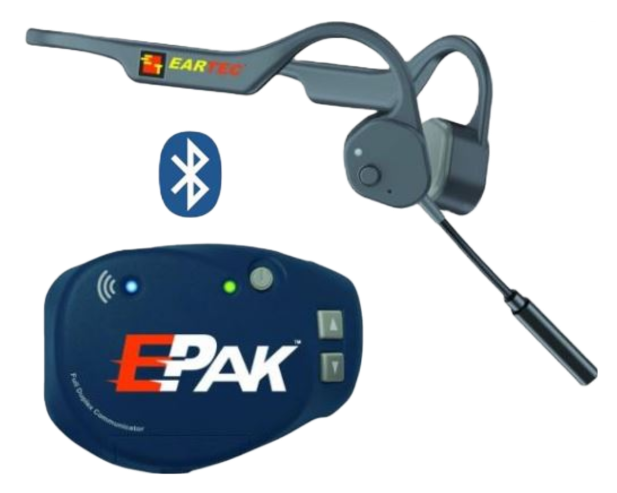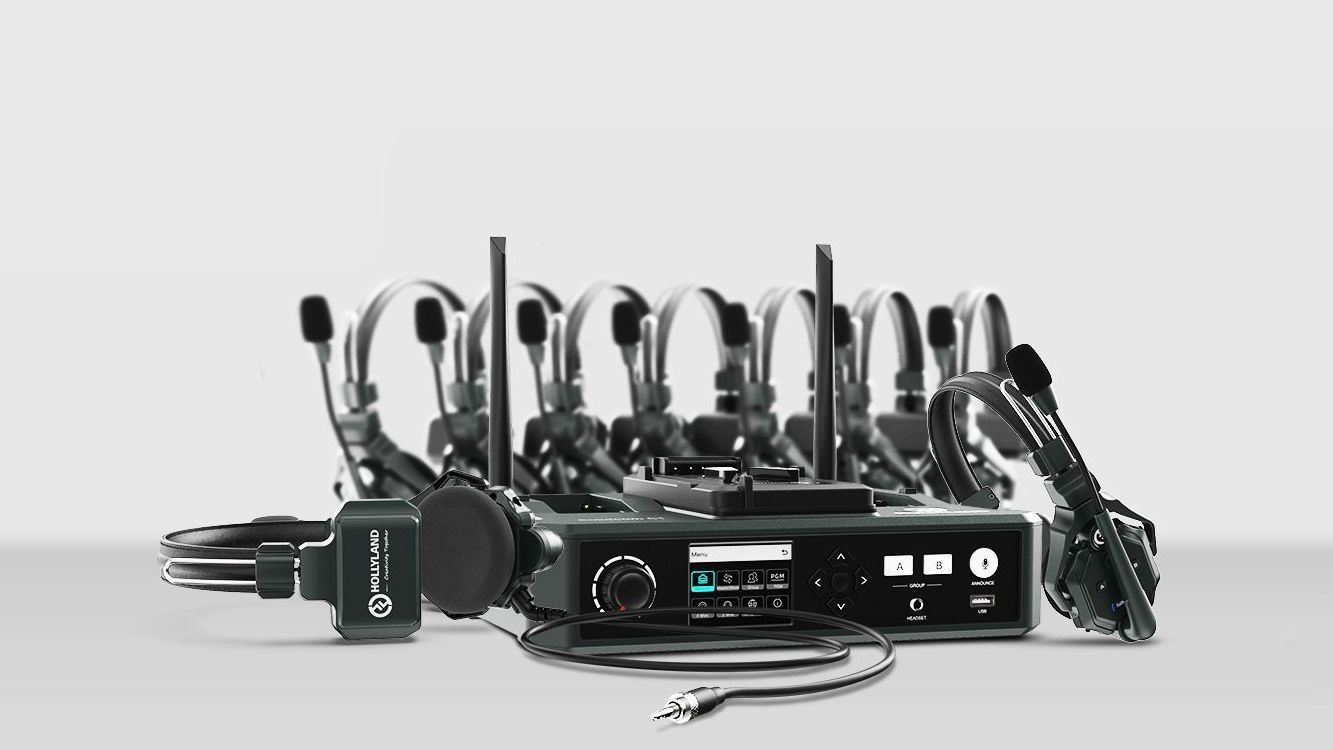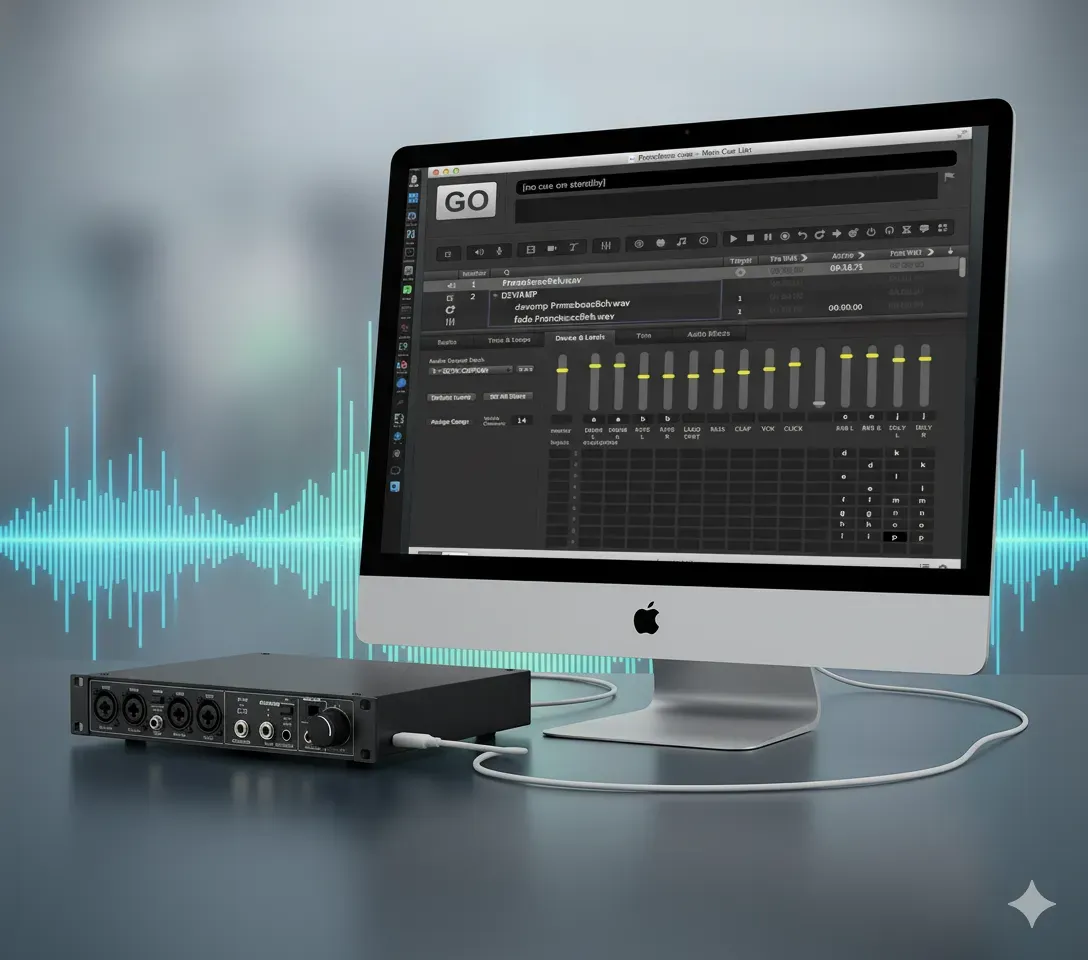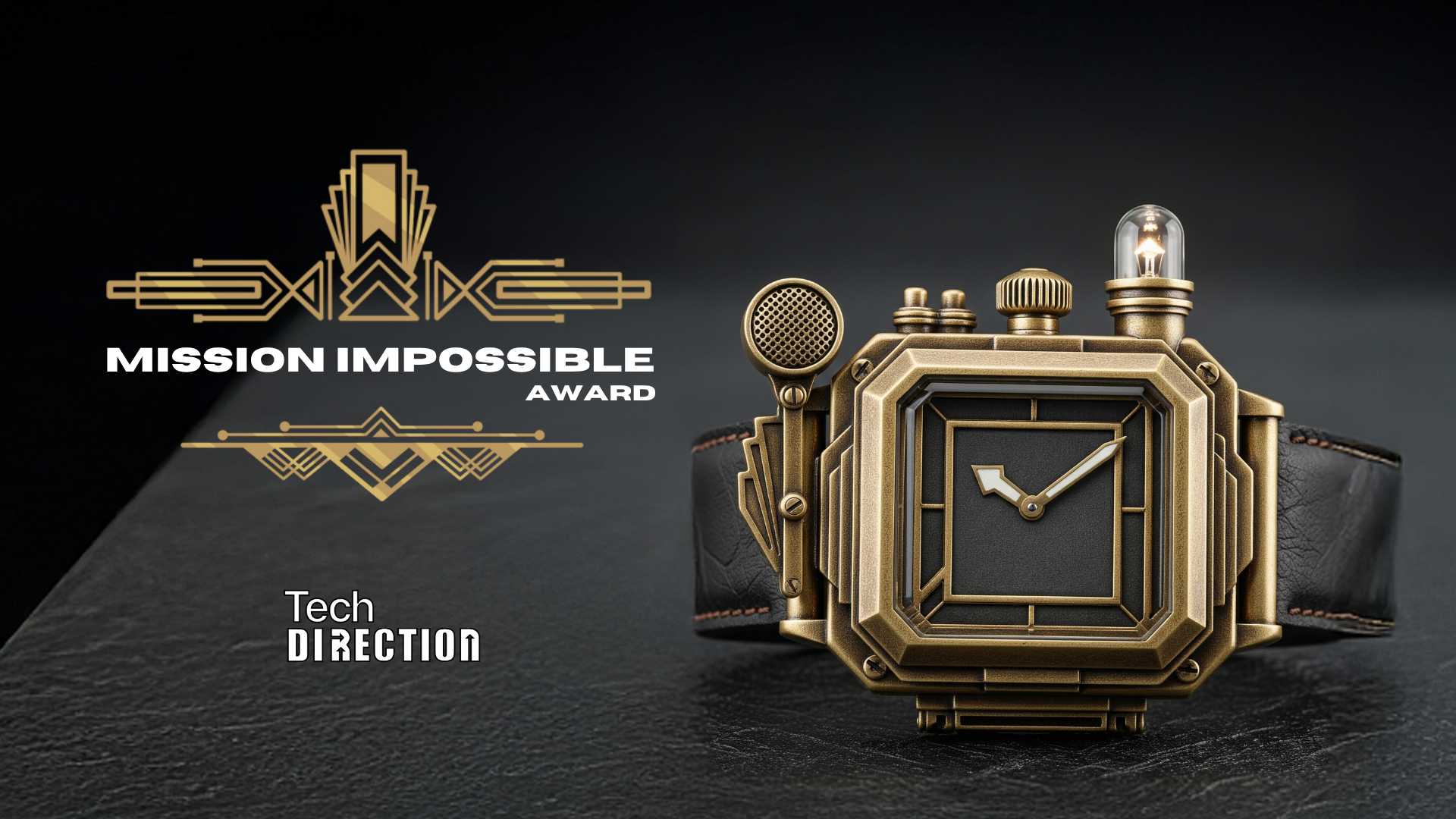Head-to-Head: Comparing Low-Cost Wireless Intercom Systems
Comparing WilliamsAV DLT400, Saramonic WiTalk Series, and Eartec E-Pack Intercom Systems: Features and Limitations
In the past few years, several new low-budget options have come to market for wireless intercom systems used in theatres, churches, stadiums, film, and live event productions. This blog post aims to make your decision-making process simpler by comparing the features and limitations of the WilliamsAV DLT400, the Saramonic WiTalk Series, the Eartec E-Pack, and the Hollyland Solidcom C1 intercom systems.
WilliamsAV DLT400
Features
The WilliamsAV DLT400 operates in the 2.4 GHz ISM band, which is globally open, eliminating the need for a specific license. This system boasts a theoretical wireless range of up to 900 feet (274 meters) under ideal conditions with line-of-sight.
One of the primary strengths of the DLT400 system is its capacity to handle up to 15 beltpacks simultaneously, such as the DLR400 ALK (alkaline battery powered) and the DLR400 RCH (rechargeable battery), making it a suitable choice for larger operations.
The DWD 401 Digital Wireless Discussion Interface provides interconnectivity with existing wired systems. For charging needs, the system offers the CHG 412 12-bay charger and the CHG 404 4-bay charger.
Limitations
However, the DLT400 system has some limitations, including a lack of specific headset options. This limitation may restrict its applicability in certain specialized settings.
Saramonic WiTalk Series
Features
The Saramonic WiTalk Series operates in the 1.9 GHz frequency band. It provides an impressive theoretical wireless range of up to 1,300 feet (396 meters) in ideal conditions with line-of-sight.
The WiTalk Series systems can support up to 9 headsets. However, they typically come sold in set packages, which makes them suitable for small to medium-sized operations.
Limitations
One notable limitation of the WiTalk Series is its lack of connectivity options for existing wired systems, which can be an obstacle in environments where integration with such systems is needed. Furthermore, the packages come with a set number of headsets, potentially limiting scalability for larger operations.
Eartec Evade E-Pack
Features
The Eartec E-Pack operates in the 1.9 GHz DECT frequency band. It matches the WiTalk with an impressive theoretical wireless range of up to 1,300 feet (396 meters) in ideal conditions with line-of-sight.
A great feature of the E-Pack is the ability to connect any Bluetooth headset or earbuds. Note that mileage may vary given the great range of quality and performance of consumer earpieces and built-in microphones not designed to cut through live production sound levels.
Limitations
A significant limitation of the Eartec E-Pack is its lack of connectivity options for existing wired systems. Furthermore, it's worth noting that the Eartec E-Pack only supports up to 9 users on a system.
Hollyland Solidcom C1
Features
The Hollyland Solidcom C1 operates in the 1.9 GHz frequency band. It offers a theoretical wireless range of up to 1,300 feet (396 meters) in ideal conditions with line-of-sight.
The Solidcom C1 system is capable of supporting up to 6 full-duplex wireless beltpacks, or as many beltpacks as necessary by adding and cascading HL-C1-HUB Base units (up to 8 headsets per base), making it a flexible option for most sizes of production teams. Using the Hub Base, you can even add hardwired power stability and interface with existing wired intercom systems to your system.
Limitations
While the Solidcom C1 provides a robust system for wireless communication, it also has some limitations. The Solidcom C1 system does not offer any variety of headset options aside from the single ear headset.
Conclusion
The WilliamsAV DLT400, Saramonic WiTalk Series, Eartec E-Pack, and Hollyland Solidcom C1 all offer viable options for professional audio communication systems. However, the best choice for you will depend heavily on your specific needs and operational scale.
If you require a high degree of scalability and interconnectivity with existing wired systems, the WilliamsAV DLT400 might be your best choice. If pre-set packages are more suitable for your operation, then the Saramonic WiTalk Series might be the most convenient. If range is a priority and you don't require connectivity with wired systems, the Hollyland Solidcom C1 with a Hub Base offers considerable distances.
Remember, your specific operational needs, the required range of transmission, the number of headsets needed, and the necessity of single-ear headset options should all be taken into account when choosing the right system for you. With these considerations in mind, you can make a more informed decision that ensures efficient and reliable communication for your team.
Feel free to
book a meeting with us to discuss which system is right for your application.

